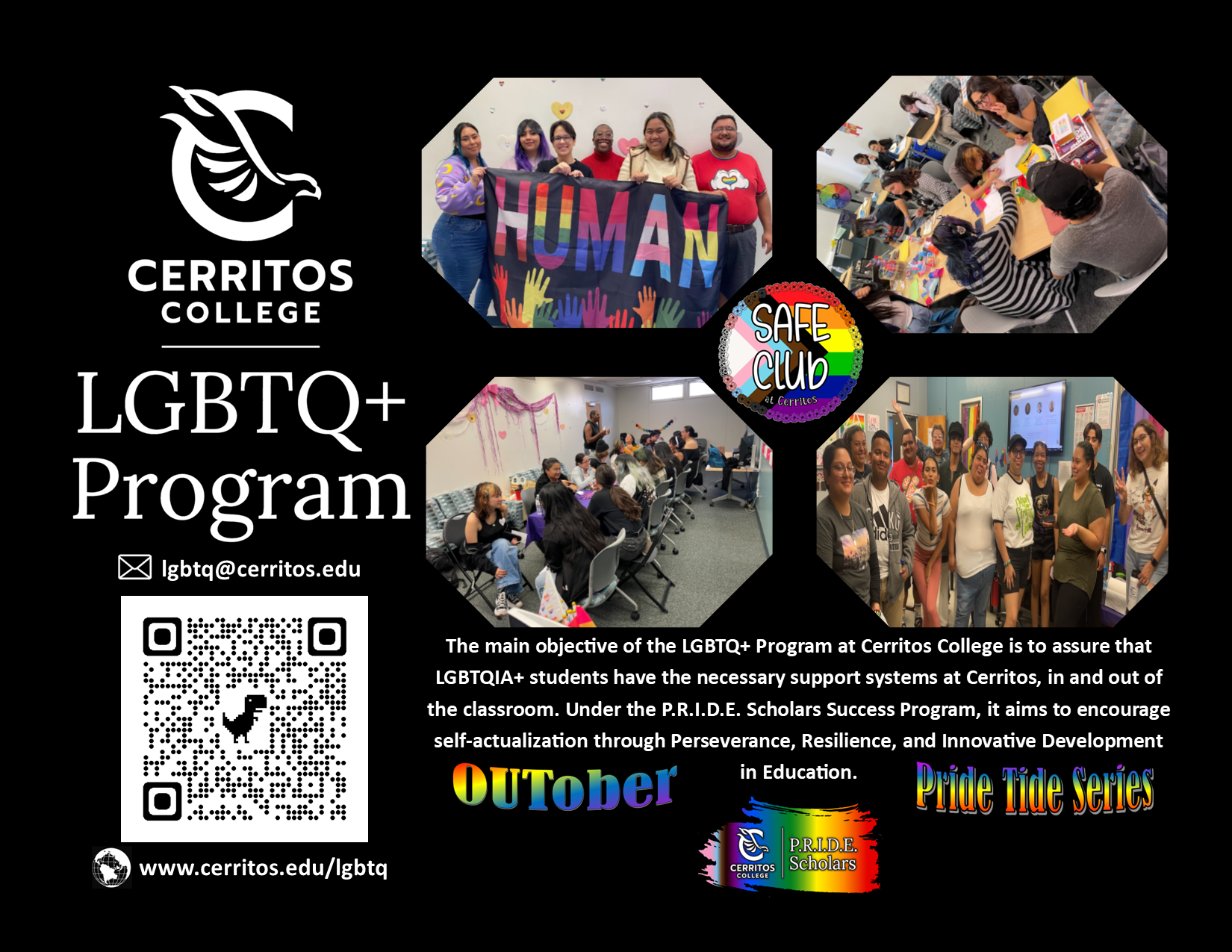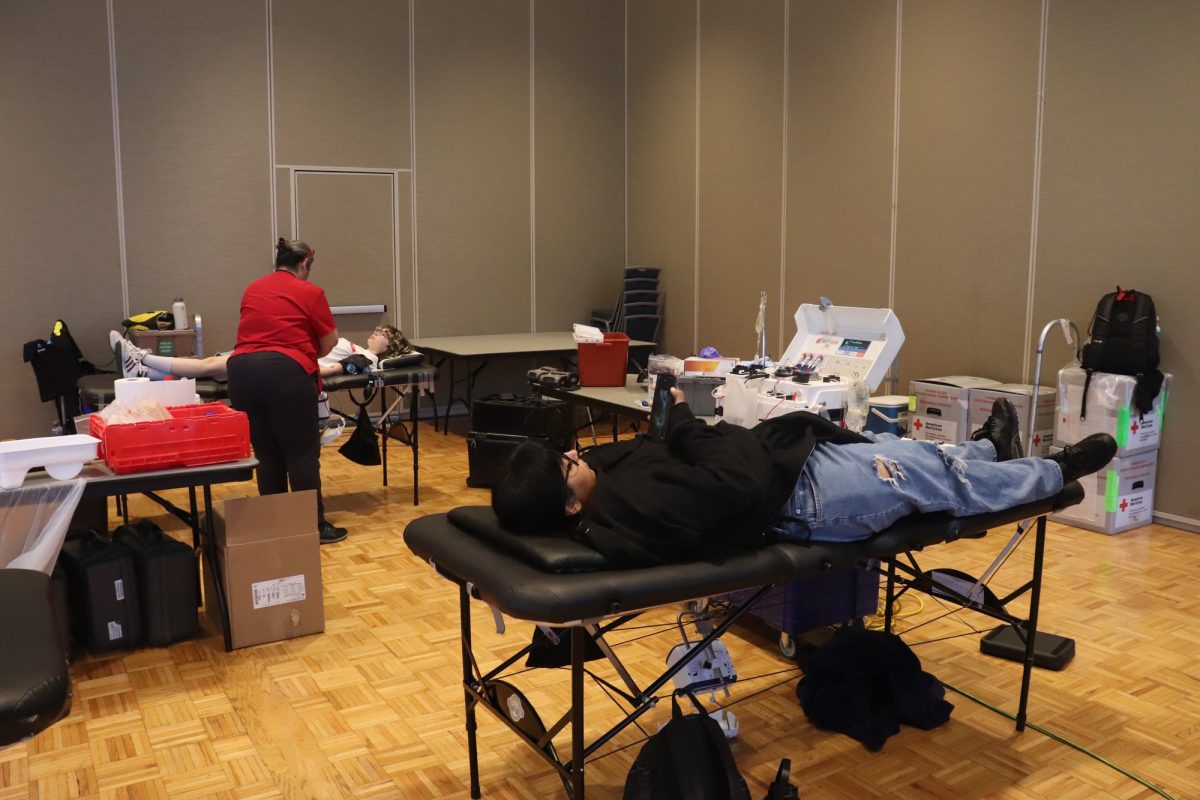Chlamydia (Chlamydia trachomatis):
How do you get it?
-Transmitted during vaginal, anal, or oral sex
Facts:
-Is the most common bacterial STD in humans
-Almost two million Americans have Chlamydia
-Nearly three million new cases occur each year
-The rates of Chlamydia are highest in young people
-6 percent of girls under 18 years of age tested in family clinics are infected with Chlamydia
-Women acquire Chlamydia more easily than men do
-For women, infection usually starts in the cervix
-Infected women can pass Chlamydia on to their infants during birth, which can result in the baby contracting an eye infection and/or pneumonia.
Symptoms:
Women: Vaginal or urethral discharge, burning with urination and urinary frequency
-In women, most Chlamydia infections occur with no symptoms at all
Men: Urinary discharge, burning on urination, and sometimes swelling and tenderness of the scrotum
How is it treated?
-Chlamydia infections are usually treated with oral antibiotics
Gonorrhea:
How do you get it?
-Gonorrhea is usually spread via vaginal, oral and anal sex.
Facts:
-Between 650,000 and 718,000 Americans and 62 million people worldwide become infected with gonorrhea each year.
-Sixty percent of cases in the United States are among people ages 15 to 24.
-It is the second most common reportable bacterial sexually transmitted infection in the United States
-Reported rates are 20 times higher among African Americans
-One ejaculate from an infected man contains approximately 6 million live bacteria
-Infected mothers can pass on the infection to their infants during birth
-In males, gonorrhea can cause epididymitis, a painful condition of the testicles that can lead to infertility.
Symptoms:
-When symptoms occur they typically begin within a week to 10 days of exposure.
Women: Genital infection usually causes vaginal discharge and may cause pain with urination, and vaginal bleeding is commonly experience.
Men: Swollen testicles, discharge, and burning on urination.
How is it treated?
-Uncomplicated gonorrhea is treated with oral or injectable antibiotics
Hepatitis B
How do you get it?
-About half of infections are transmitted via sexual activity
-Infection can also occur if needles used for tattooing
Facts:
-One in 20 people exposed to hepatitis B as an adolescent or adult develops chronic infections
-1.25 million Americans are chronically infected and 20 to 30 percent of that number acquired the infection as a child.
Symptoms:
-Nearly 30 percent of infected people have no symptoms
-Liver damage in an infected person can cause jaundice (yellowing of the skin and eyes)
-Severe fatigue, loss of appetite, abdominal pain, nausea and vomiting
-Rash, joint pain and fever
Hepatitis C
-An estimated 3.8 million Americans have hepatitis C
-80% of infected people have no symptoms
-Those who develop chronic hepatitis C are at risk to develop liver cancer
-There is no vaccine for hepatitis C.
Herpes
-Herpes simplex virus types 1 and 2 infect the skin and mucous membranes
-Genital herpes is the most common sexually transmitted viral infection
-An estimated 45 million people have herpes in the U.S.
-More than 1 in 5 Americans over the age of 11 are infected
-There are over 200,000 million new cases per year
-Herpes may often be spread by non-sexual activities, such as kissing
-Can be transmitted through oral sex
-There is no cure for genital herpes
What are the symptoms?
-Initial infection can include fever, headache and muscle aches that begin about a week after exposure
-Approximately eight days after contact, lesions may appear in the exposed area
-Other symptoms include burning with urination, vaginal or urethral discharge and tender swollen lymph nodes in the groin
Human Papilloma Virus (HPV)
what is it?HPV is a virus that infects the skin and mucous membranes(tissues that line the mouth, cervix, vagina, urethra and anus.
-There are more than 100 strains, of which at least 35 cause genital infections
-5 to 6 million Americans become infected with genital HPV every year
-Twenty million Americans are currently infected
-HPV infection is found in 30% of sexually active adolescent girls and young women
-HPV infection cannot be cured
What are the symptoms?
-Most patients have no symptoms
-Some infections cause genital warts
-In females, infection can occur on the cervix, vagina and vulva
-In males, infection can occur on the penis, urethra, rectum, inner thighs and perianal areal
Syphilis
-The numbers of people reported with syphilis in the United States has increased 19 percent between 2000 and 2003.
-Syphilis transmission usually occurs during vaginal, anal or oral sex
-A single dose of antibiotic can cure a person who has been infected for under a year
What are the symptoms?
-The primary stage of syphilis is usually discernible by the appearance of a single sore
-The sec
ondary state features a wide variety of symptoms most commonly a non-itching rash of the skin or mucous membranes, sometimes with low grade fever, malaise, sore throat , headache, or swollen lymph glands.
Trichomoniasis
Trachomoniasis is caused by a parasite (Trichomonas vaginalis) that infects the genitourinary tract of both men and women.
-Every year, an estimated five million people are infected in the United States
What are the symptom?
-In women, infection causes inflammation of the vagina and cervix
-This inflammation often causes vaginal discharge, vaginal bleeding, genital swelling and irritation, itching of the vulva and abdominal pain.
-In men, symptoms include discharge from penis and burning with urination.










